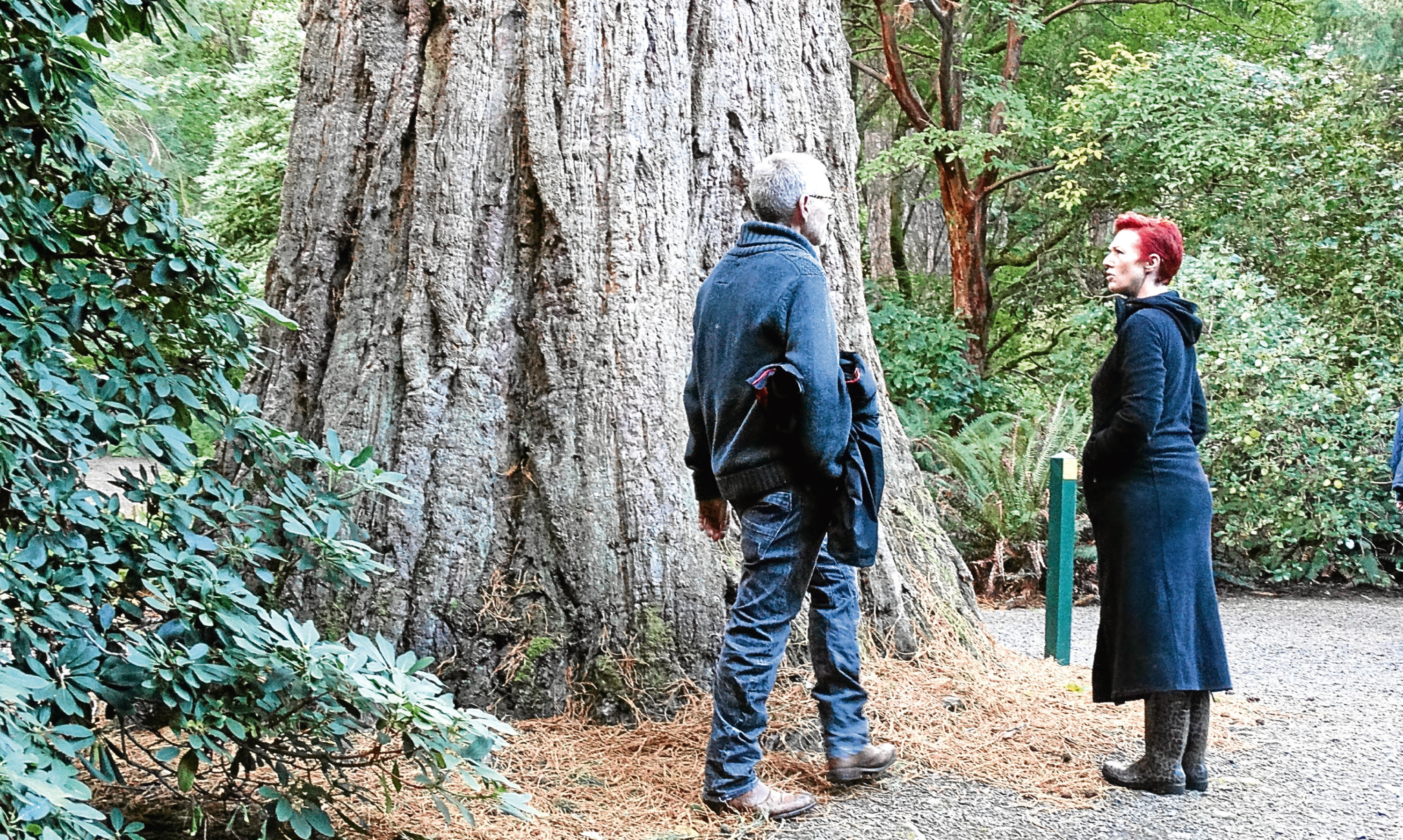Magpies are the sharp-suited Jack the Lads of the bird world. They have all the cunning and intuitive sense of self-preservation of the crow family of which they are members.
Their conspicuous contrasting iridescent black and white plumage, long wedge-shaped tail and harsh chattering call make them one of our most readily recognisable native breeding species.
Strangely, we have never had magpies visit the gardens of any of the houses we’ve lived in. I see them in isolated spots near home – along the Lang Stracht on the road to Edzell, in the woods in the lower end of the Glenesk road and hear reports of them in the Glen o’ Dye.
Their distribution map in the British Trust for Ornithology (BTO) Atlas of Breeding Birds in Britain shows a generally light distribution in this part of the North-East.
They are not fussy eaters – insects, grains, seeds, wild fruit in season and, likewise, the eggs of songbirds and game birds and their chicks.
They eat carrion too but I’ve never actually seen one feeding on a roadside carcase.
Last weekend we visited son James and his family near Peebles. As she turned into the side road to their house, the Doyenne passed a buzzard and three magpies tucking into a dead rabbit.
They were quite unfazed by the car and carried on feeding. So that’s another first for the Doyenne and a sight that I’ve yet to experience.
Bonny fechters
We never tire of the Border countryside and were blessed with great weather.
Driving through the placid, rolling, green Border hills it takes a wee leap of imagination to cast one’s self back to the hellfire days of the Border Reivers and the bad lands of the Border Marches, which were the scene of frontier wars with the northern English counties.
Whether herd, farmer, laird or Border lord they were all bonny fechters down there, guerrilla soldiers, organised gangsters, freebooters, plunderers and cattle rustlers.
Life was cheap and precarious, although you might not think so now when you hear the Border ballads which give such a romantic gloss to the bloody murder and atrocities of the reality.
Bynames such as Jock Half-Lugs Elliot, Fingerless Will Nixon and Nebless Clem Croser were earned as the result of injuries received during raiding forays. Place names weren’t any prettier – Hell’s Cleugh, Blackhaggs, Foulplay Knowe.
That was the bonny Borders of the 16th Century. And they are as bonny still today but folk are a bit more kindly disposed towards one another.
Our tree heritage
Scotland’s climate is clearly favourable for growing trees and on Saturday we paid a family visit to Dawyck Botanic Garden, one of Scotland’s finest arboretums, on the B712 near Stobo Castle, South-West of Peebles.
Many of the agricultural improvers of the 17th and 18th Centuries, in particular, were mad keen on planting trees. They could never know the full glory of the mature trees they had planted – that is our legacy today – but they had the vision which changed our landscapes.
It was summed up for me some years ago when I met a visitor to The Burn House outside Edzell. We admired the old trees in the immediate policies of the house and her comment was: “They knew what it meant to lift the soul just by looking at nature.”
Dawyck’s garden covers 65 acres of a west-facing Borders hillside and the original planting started around 1650.
Over two centuries the Naesmith family supported plant gathering expeditions, especially Scone-born plant hunter David Douglas, who brought back many of the species of trees in the garden today. It was Douglas, of course, who gave his name to the giant Douglas fir.
From the numbers of vehicles in the car park the garden was busy but we hardly were aware of it once we had climbed a little way into the wood.
It was too late for the displays of azaleas and rhododendrons and a little early for the start of the Scottish Fall and the kaleidoscope of reds, yellows and browns of the autumn leaves. Right now, autumn-blooming crocuses provide the touches of colour.
I saw no dogs, which probably explains why pheasants wander through the grounds apparently indifferent to the human visitors.
Being what it is, heritage trees are central to the collection. There’s a dignity and splendour about them, an atmosphere and sense of comfort being among them.
The picture shows son James and his wife Harriet beside a giant redwood (Sequoiadendron giganteum). One of the gardeners told us it is small compared with what you will see in America. Mind you, the specimens there have probably lived twice, if not three times longer than Dawyck’s teenager.
It is a garden for all seasons – you’ll find unusual mosses and lichens, fungi and ferns and, to top it all, squirrels, woodpeckers and plenty of other wildlife.
It’s about three hours’ drive from north Angus and the Mearns and, with an excellent visitor centre and restaurant, it’s close enough to consider a day trip down to the Border country which is such a contrast to our own Angus glens.
